DONT rely on your mirrors to check blindspots, always think twice before overtaking and never pull out just because another motorist flashes you.
Our complete survival guide for rusty drivers could protect the safety of you, and all road-users in the UK.
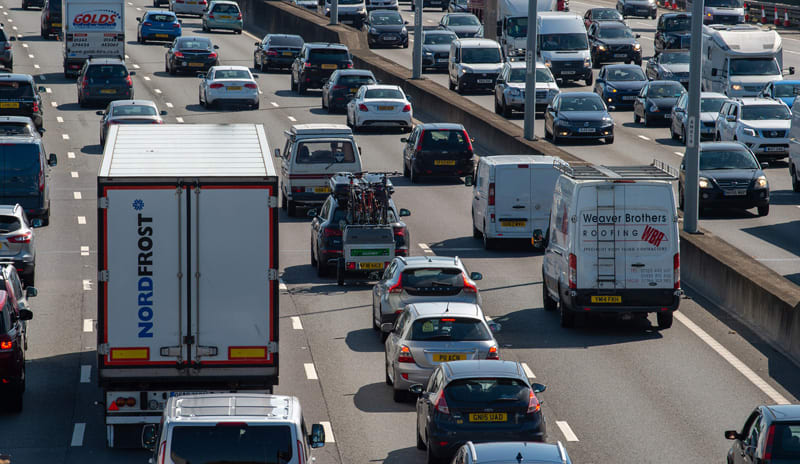
As the COVID-19 lockdown begins to ease across Britain, many owners will be venturing out in their cars for the first time in weeks.
But not all out-of-practice motorists are happy to be behind the wheel.
Experts from leading UK car leasing firm Select Car Leasing have canvassed their motoring experts to reveal some crucial hints and tips in a bid to reduce this increased accident risk.
This follows a new survey by manufacturing giants Hyundai which found a fifth of motorists are struggling since getting back in the drivers seat, making basic errors and failing to complete manoeuvres.
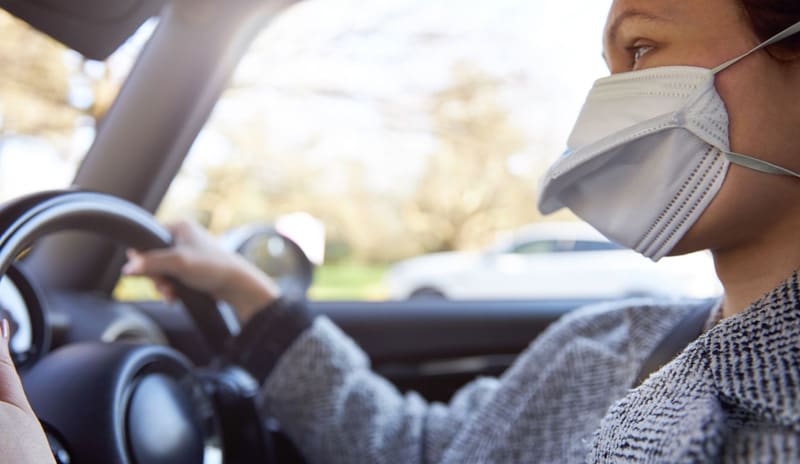
Mark Tongue, Director of Select Car Leasing, said: If you havent been driving regularly during lockdown, its very easy to feel nervous, overwhelmed and slightly rusty when you do return to busy roads.
Its also easy to fall into bad habits - like failing to indicate - if you havent been used to doing these things routinely over the past few months.
But its important to remember just how crucial it is to have your wits about your when youre behind the wheel.
Those whove just passed their test are often warned that driving a car is a bit like handling a loaded gun - youre in charge of a 1.5 ton weapon. Thats an important message for everyone right now"
And wed advise everyone - whether youre a nervous driver or not - to really assess your competence before even starting your engine.
Heres Select Car Leasings run-down of driving hacks - some you might not have considered before - to steer you clear of danger:
Shoulder check your blindspots:
Mark says: Its easy for motorists to assume that so long as their mirrors are adjusted correctly, they can eliminate any blind spots in their vision. But thats not necessarily the case. And wed recommend a shoulder check - a quick look to the left or right through your side windows - to ensure youre truly clear of any danger, particularly if youre about to change lanes. This is something motorcyclists call a lifesaver, and theyre drilled to get into this good habit when theyre learning to ride. Its a trait that motorists need to really embrace, too.
Dont assume its safe just because someone flashes you:
The Highway Code states that you should only flash your headlights in order to let other road users know that you are there and advises, Do not flash your headlights to convey any other message or intimidate other road users. Another well-meaning motorist might give you a quick flash of the headlights to tell you that its fine to pull out into a road before them, for example.
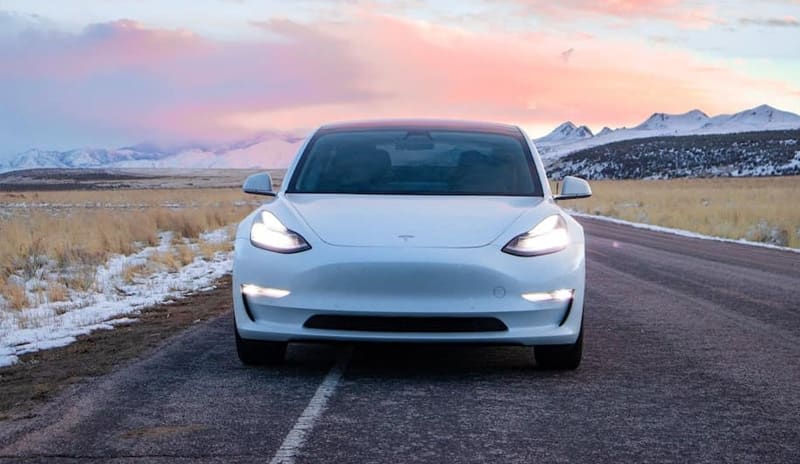
But how do they know its truly safe for you to do so? Rest assured that if you pull out blindly into the road based on another motorists advice, its you who is liable for that action were it to cause an accident. You need to assess the situation fully yourself. Dont be swayed or hurried by the actions of others.
Pay close attention to the number of road markings:
It goes without saying that road markers are there to warn drivers about imminent hazard or obstacles. And a simple - yet overlooked - rule of thumb is that the more white paint there is on the road, the more hazardous the area, even down to the dashing of the centre lines. If you notice more and more white stuff on the road, its crucial youre paying close attention to your own driving as well as whats going on around you.
Leave a bottle of water in the car at all times:
Most motorists would be lying if they said theyd never run out of washer fluid for their windscreen wipers. And theyre no doubt all-too familiar with the harrowing moment your dirty windscreen becomes almost impossible to see through thanks to the blurry smudges of dirt and grime. If that happens, youre going to need to clear your windscreen immediately. And unless youve got some emergency water in your car, that isnt always going to possible. Keeping spare water in reserve is a really important habit to form.
Look ahead at roundabouts:
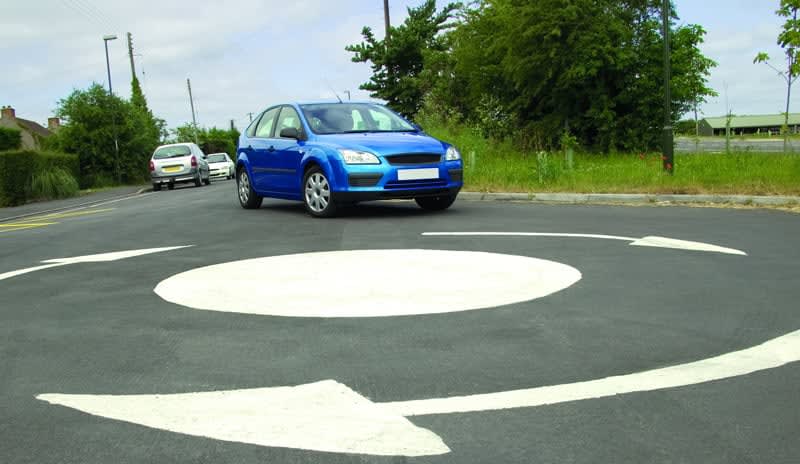
When it comes to rear-end collisions, queues at roundabouts are one of the key danger zones when it comes to these sorts of collisions. The issue here is that, quite rightly, motorists fixate on looking right at roundabouts, so they can see any vehicles or cyclists approaching. But if youre not looking ahead of you when you set off, it puts you at risk of hitting the car in front - particularly if they go to set off but then stop abruptly.
If in doubt, turn your lights on:
If youre in two minds about whether or not you need your lights on, you almost certainly need them on. Remember that increasing your visibility can reduce your chances of having an accident as other drivers are simply more aware of you. And dont make the mistake of simply turning your sidelights on in wet conditions - you need to have your headlights on. A general rule of thumb should be that if your wipers are on, your lights also need to be on at the same time.
Crack a window at tricky junctions:
Sometimes you might approach a tricky junction where you havent got a great view. You might be pulling-on to a fast road with a limited knowledge of whether another vehicle is approaching or not. Our advice would be to supplement your sense of sight with the sense of hearing. Turn off your radio, and open your windows slightly - so that youre potentially able to hear any approaching traffic. You should also turn off your stereo when performing slow speed manoeuvres, as it might alert you to any cyclists or pedestrians before you see them.
Dont drive angry:

This is easy to say, harder to truly put into practice. But its crucial you keep your cool in the face of other drivers you perceive to be acting in a reckless way. It comes down to treating every other motorist on the road as if theyre trying to harm you, and then to really make allowances for them - putting slack in the system, as it were - to cater for errors and to stop you coming into harms way. That might be putting extra distance between yourself and the car in front if youre being followed by a tailgater, just in case you do have to brake. And you should also try to treat other idiot drivers as simply another challenge to overcome by safely applying your own skill. Never allow yourself to feel intimidated or angry. Everyone makes mistakes - even you - so try to be considerate. And never, ever, ever brake test a tailgater - all outcomes in this scenario are bad ones.
A decision NOT to overtake is never a bad one
Only overtake another road user when its absolutely safe to do so - and that includes cyclists. Dont feel bad if you hold back and give yourself more thinking time, because a decision not to overtake is never a bad one, while a decision to go for an overtake at the wrong time can be absolutely catastrophic. Also remember that if someone goes to overtake you when there isnt enough room, back off and let them in. They may be in the wrong, but you being complicit in a crash doesnt make you right.
Always assume pedestrians will cross the road youre turning into:
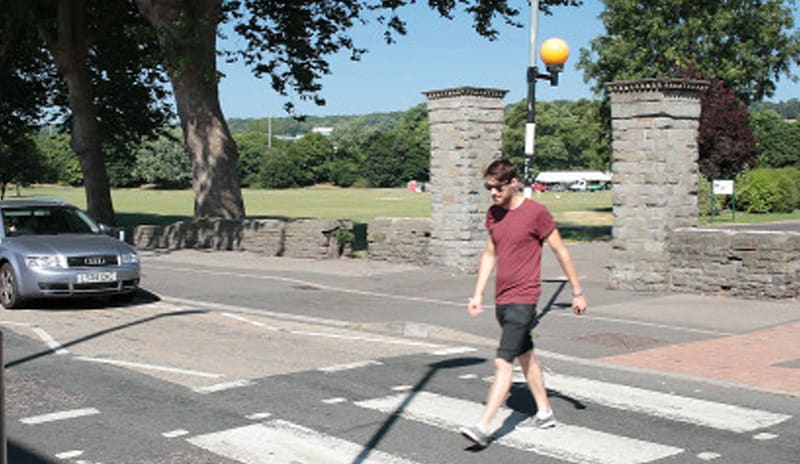
If a pedestrian has already started crossing the road youre about to turn into, remember they have the right of way and you need to wait for them to finish. Failing to signal for pedestrians could also get you in trouble with the law, with fines of up to £2,500 and potential disqualification if youre charged with driving without due care and attention in the event of an accident.
Check your tyre pressures:
If your tyres are over or under inflated, youre essentially an accident waiting to happen. You run the risk of blow-outs and a complete loss of control under heavy braking or turning. Check your tyre tread depth, too, to ensure its within the legal limits - a minimum tread depth of 1.6mm in a continuous band around the central three quarters of the tyre. And also remember that warm wet weather - as were experiencing now - is the perfect storm when it comes to skid risk.
Be prepared to meet yourself coming in the opposite direction:
If there have been occasions in the past where youve driven poorly, keep those bad decisions at the forefront of your mind - and youll be able to anticipate things like dangerous overtaking manoeuvres, risky roundabout pull-outs and roads where theres a risk youll encounter motorists flouting the speed limit."















